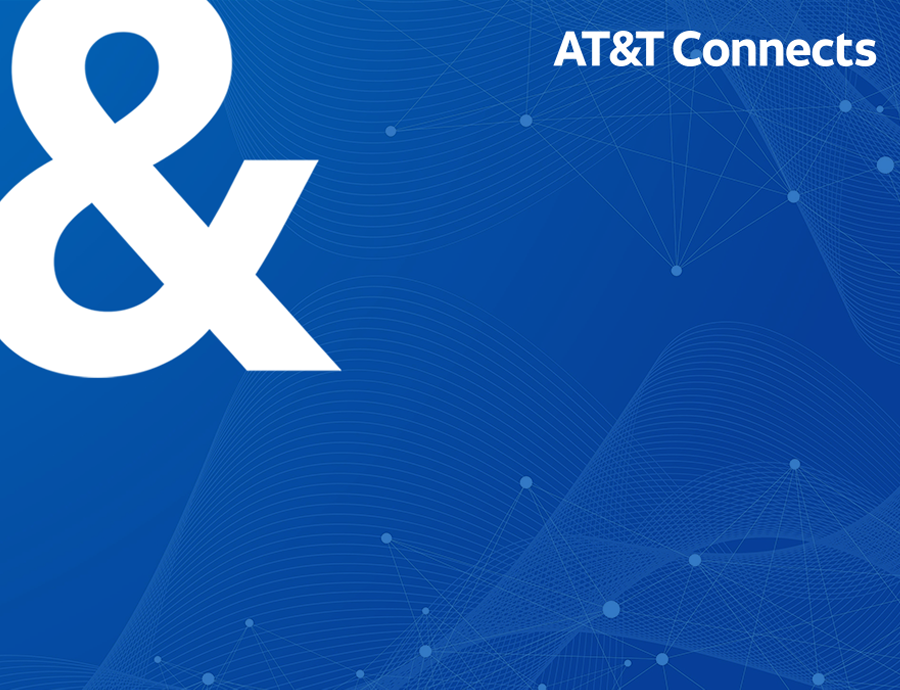This blog can be attributed to Patrick Perkins, Senior Vice President and Chief Intellectual Property Counsel, WarnerMedia.
This year’s World IP Day is a good opportunity to better understand the role that intellectual property has played during the pandemic. From the technology that kept us connected and allowed many of us to work from home, to COVID testing methodology, to the amazing vaccines developed and rolled out in record time, intellectual property has been a fundamental and critical part of our ability to keep society and the economy afloat.
Broadly speaking, intellectual property refers to creations of the mind, such as literary and artistic works, inventions, designs, and symbols, names and images used in commerce.
I suspect that like many of you, the IP that I have been most grateful for over the past year has been the incredible stories—films, tv series, documentaries, and the like—that have kept me (mostly) sane during the lockdown. Whether laughing my way through Ted Lasso, being brought low by Judas and the Black Messiah, or rooting for the Amazon Princess in Wonder Woman 1984, I have spent the last 13 months streaming more of these programs than almost any time before.
In this, I am not alone. In 2020, 1.1 billion people subscribed to a streaming service—up 26% over the year before. The digital home entertainment market increased 33% in the U.S. and 30% in the rest of the world. As the technology to stream content continues to improve and more streaming services launch, the appetite for these stories will only grow.
I have spent virtually my entire legal career working with entertainment-related IP, and I have always known it was critical to protecting the jobs of those who work on these productions. But it wasn’t until I joined Warner Bros. that I gained a true appreciation for the staggering number of people it takes to make a quality piece of content. Maybe it’s because my Dad played violin professionally and was a musicologist (sadly, in my case, real talent has skipped a generation), but I have often been drawn to music.
As a result, on occasion, I will head over to the Eastwood Scoring Stage and sneak into a recording session. The all-encompassing sound of live music being paired with images on a large screen never fails to move me. As I look around the soundstage, I see musicians who have devoted their lives to excellence in their craft. During high school and beyond, while I was hanging out with friends, watching TV, or trying to get girls to notice me, they were practicing!
Just sit through the credits at the end of a movie and you will see the impressive number of individuals who bring these productions life and begin to appreciate their inspiring and ingenious creativity. For example, some big budget movies can have over 5,000 screenwriters, makeup artists, carpenters, digital effects artists, and other contributors (even lawyers!) working on them. These numbers scale over an entire industry: in the U.S., the film and television industries alone create 2.6 million jobs and pay out more than $177 billion in total wages every year.
More broadly, the creative economy contributes $1.5 trillion to US GDP—more than 7% of the total economy—and another $218 billion outside the U.S. That’s more than pharmaceuticals, aerospace, or agriculture. This is reflected internationally as well; in 2019 the EU’s cultural and creative industries generated €643 billion, 4.4% of EU GDP, supporting 7.6 million jobs.
Each of these jobs is supported by intellectual property. Unfortunately, rampant piracy continues to be the greatest threat to the creative economy. Our best estimates are that people around the world consume billions of hours of pirated content each year. According to the Digital Citizens Alliance, as many as 30 million Americans use illegal, and often unsafe, streaming services, often without realizing it. Indeed, their reward for stumbling onto these sites is that they are 28 times more likely to get malware or spyware than from legitimate sites. The U.S. Chamber of Commerce estimates that piracy siphons up to $70 billion from the U.S. economy annually, costing up to 560,000 jobs.
To me, this piracy is personal, not only because it is my job to protect WarnerMedia’s content, but also because it threatens the jobs of many of my very talented friends and colleagues across the industry.
At the center of the worldwide piracy crisis are globally pervasive social media. Too many still take an almost entirely passive approach to piracy because existing laws allow them to do so. For example, the current “notice and takedown” regime relies on IP owners to find pirated content on these platforms and send takedown notices to platforms for each infringing link. To put this task into context, as of 2019 more than 30,000 hours of new video were uploaded every hour to YouTube alone. This startling volume places an impossible burden on content owners. Moreover, the most sophisticated pirates hide behind technical measures and reside in far-flung jurisdictions where legal recourse is both limited and costly.
While the tech platforms have taken some voluntary steps to prevent piracy, there is so much more they can and should do. And so, in the absence of sufficient action from the platforms, we are seeing governments outside the U.S. step in to ensure online platforms behave responsibly and implement appropriate measures to address illegal content. We applaud these efforts, and the governments that are standing up and taking notice of the piracy problem.
Laws and regulations requiring those platforms to rapidly remove illegal content and use proactive technologies to prevent such content from reappearing and even appearing in the first place, are vital to prevent the availability of illegal content. Similarly, ensuring online infrastructure services have accurate customer records so that bad actors can be easily identified (the so-called ‘Know Your Business Customer’ principle) is a sensible, proportionate, and highly effective measure that should be implemented.
Another effective measure is site blocking, a mechanism for blocking websites that are found by courts or administrative agencies to systemically provide visitors with pirated content. Site blocking is in effect in 36 countries and is the highest impact tool against piracy.
One Australian analysis found that site blocking reduced the use of targeted pirate sites by 53%, and reduced overall piracy in Australia by 25%. A second study of this technique in the UK found that sustained site blocking can lead to significant decreases in the overall rate of piracy, and a meaningful increase in the use of legitimate services. Why? Because many people recognize what’s at stake, and the jobs supported by these creative industries. Many just want to do the right thing. Ultimately, these measures don’t just help creators; they also protect consumers and promote confidence in the online ecosystem. So this year, on IP Day, I express my gratitude to the creative and skilled artists who have gotten me through the last 13 months. Their stories have changed my perspective and lifted my spirits during what has been the toughest year in recent memory. It’s up to all of us to make sure that they can continue creating works that bring so much joy to so many.





